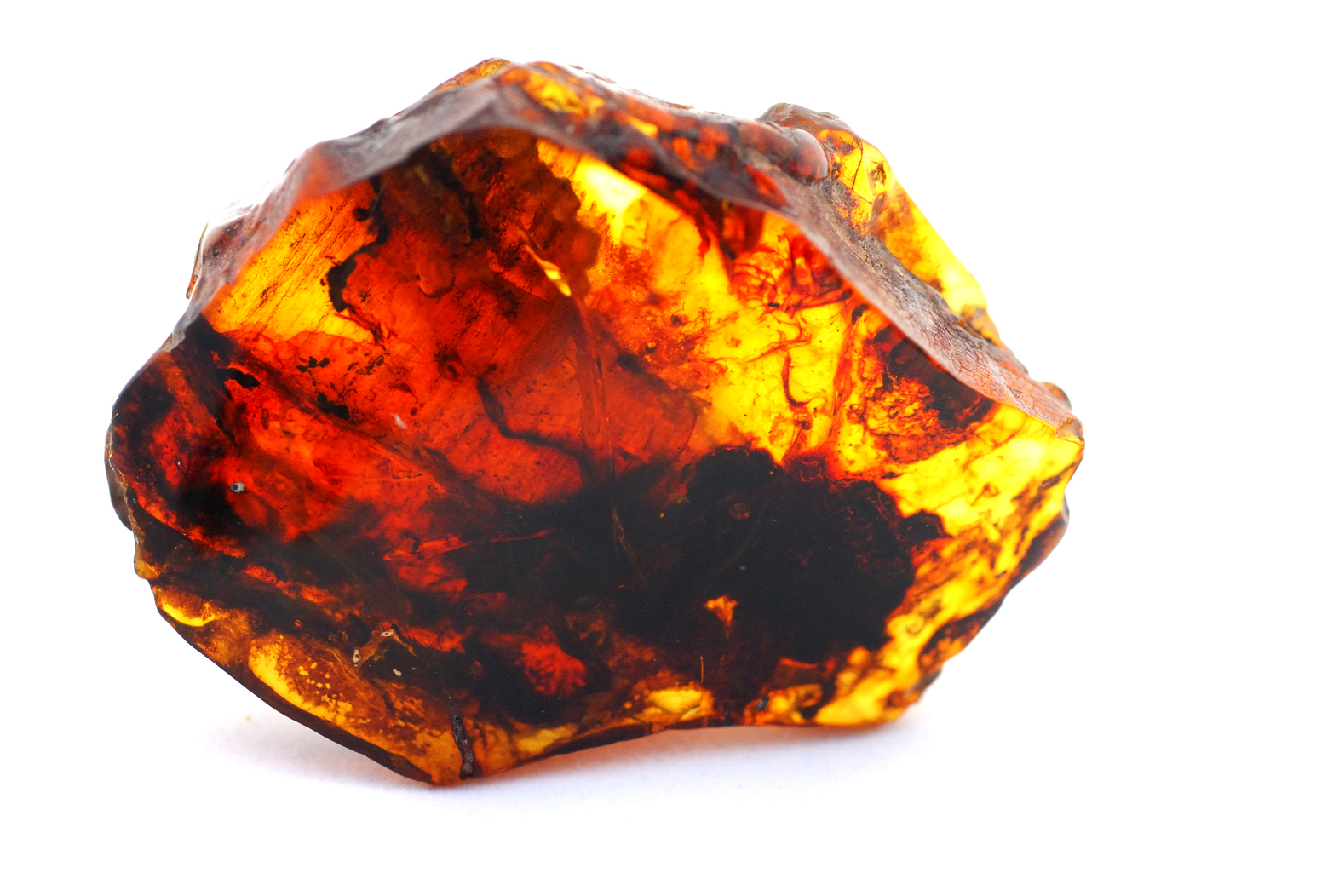Are you interested in insects? Read more about discoveries found in the Baltic amber.
Baltic amber dates back to about 40 million years ago. This fossil resin is a great source of relatively well-preserved small organisms, especially arthropods. The majority of today´s families of the order of the higher dicotyledons (group Schizophera) has already lived at that time, and that’s why only a small number of new orders of higher dicotyledons (that is, those that have become extinct and are not part of the recent fauna) were described in the past.
A newly described family Yantaromyiidae is a relatively advanced group. Of the traits that could be observed, this family shows a higher degree of phylogenetic maturity than today´s most mature flies of the Calyptrata group. This finding could indicate that the new family represents a blind branch which has separated from the then advanced groups. To these groups belongs e. g. Heleomyzidae, known mainly for its larvae. Some live in fungi and cause fungi worminess, larvae of other species decompose dead bodies, including human, and may be relevant in criminal investigations. The origin of todays higher flies (such as houseflies, botflies, tsetse flies etc.) is still not clear and further studies of the family Yantaromyiidae could shed light on this question.
An advanced method of computer microtomography, performed by the CEITEC research center of the University of Brno, was used for the purposes to study the family. The principal of this method is well known to the public e. g. from CT examinations in hospitals. It enables you to create an image of the object that you can work with, rotate it, and view sections of the object. Of course, that can not be done with an original object such as the insect in an amber. That is usually observable only in a few planes of views, it is not possible to look “inside” the object, where some important structures (such as the endoskeleton) could be found and nor it is possible to remove parts of the body, which overlap during observation.
Through this method it was found out that the inside space of the observed object was filled largely by empty space (the soft content has “evaporated” over millions of years). Some parts of the exoskeleton have moved from their original position, and if they are placed just under the skin, they may appear in computer reconstruction as false impressions. Today´s micro-CT technologies already allow higher resolutions than those used in this study, but it is necessary to proceed carefully, because there is a risk of damaging the original object.
The complete scientific paper can be found here:
BARTÁK, Miroslav. Yantaromyiidae, a new family of Diptera (Brachycera: Schizophora) from Tertiary Baltic amber and X-ray synchrotron microtomography imaging of its structures. Journal of Systematic Palaeontology [online]. 2020, 18(2), 187-195 [cit. 2020-04-26]. DOI: 10.1080/14772019.2019.1592991. ISSN 1477-2019. Dostupné z: https://www.tandfonline.com/doi/full/10.1080/14772019.2019.1592991

